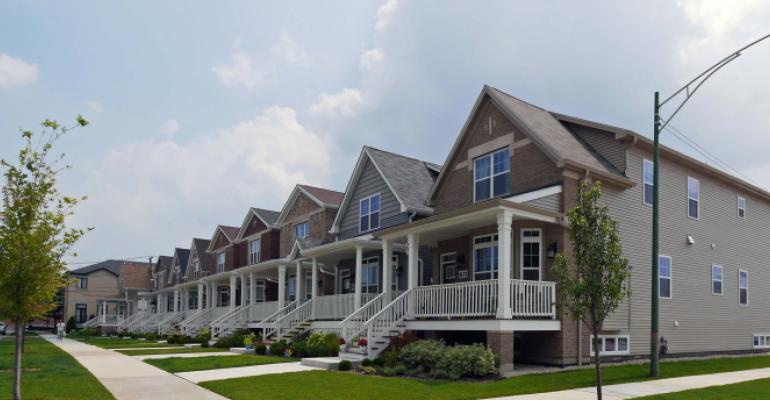Owners of single-family rental (SFR) homes have learned a lot about how to manage their properties over the last few years. But the most important lesson has been the value of their relationship with their residents.
“We knew that they would stay longer than apartment renters. We learned to appreciate that more —to earn and then sustain that loyalty from our residents,” says Fred Tuomi, CEO, president and director at Invitation Homes Inc, an SFR REIT.
SFR owners like Invitation Homes use multiple methods to maintain good relationships with their residents through all the stages of the customer lifecycle, including flexible options for viewing properties prior to renting, working with lower income tenants to negotiate viable rental rates and incorporating new technologies to make the homes easier to maintain. Keeping residents in the homes longer drastically improves the economics of the business, because of the high cost involved in preparing a home to rent.
“My business model only works if we retain tenants for a long time,” says Ed Renwick, CEO of Raineth Housing, which owns roughly 2,000 SFR properties, primarily in the Midwest.
Building relationships
At Raineth properties, for example, the vast majority of residents are working low-wage jobs. Of the company’s portfolio, 98 percent of the homes are affordable to residents earning 60 percent of the area median income (AMI), though the properties typically do not receive formal government subsidies.
“Our tenant base works at Walmart, at home health care jobs. They are always a paycheck away from falling behind in their rent,” says Renwwick. His firm works with residents to avoid eviction and works out payment plans when residents fall behind. “When a tenant is honest with us we will bend over backwards to keep them.”
Turning over one of Raineth homes to a new renter costs thousands of dollars, but the typical rental rate may often be just $700 a month. “It’s important that we not lose tenants in order for us to be profitable,” says Renwick. By negotiating with residents, the company maintains a tenant turnover rate of 20 to 25 percent and a rent collection rate of 95 percent.
High-tech services
With more than 80,000 rental SFRs, Invitation Homes has created a suite of systems to help it manage its properties and maintain relationships with its residents.
For example, Invitation has created systems that allow potential residents to visit a rental house through a guided tour with a human property manager or through a “self showing” if it’s more convenient. With a self showing, a potential resident receives a code from Invitation Homes that will open the electronic lock on the house door and allow the visitor to see the house.
The process requires the potential resident to register first, by speaking over the phone with a company employee and submitting a snapshot of a photo ID card like a driver’s license.
The electronic locks on the front doors also help Invitation Homes prepare a rental house to be rented. Contractors hired by the company can get in and out of the house without having to get a physical key for the building. Once a resident moves in, the same system allows third-party contractors to access the home. Residents can choose which contractors they want to use for maintenance through a smartphone app that Invitation Homes has created that is similar to Uber, the popular ride-sharing app the connects customers with drivers.
Invitation Homes also equips its properties with “smart” thermostats that can be operated wirelessly by the company’s property managers when the house is empty. After residents move in, they can operate the smart thermostat system through their smartphones.
Invitation Homes tenants have embraced the technology. “They want to apply online. They want to self show. They want to answer surveys and tell you want they think,” says Tuomi.
Because the residents appreciate these types of services, Tuomi believes thay are more likely to stay longer. “Our residents typically stay three years or longer—approximately 50 percent longer than the typical apartment renter. That allows them to stay in the neighborhoods they desire and makes us much more efficient,” says Tuomi.

